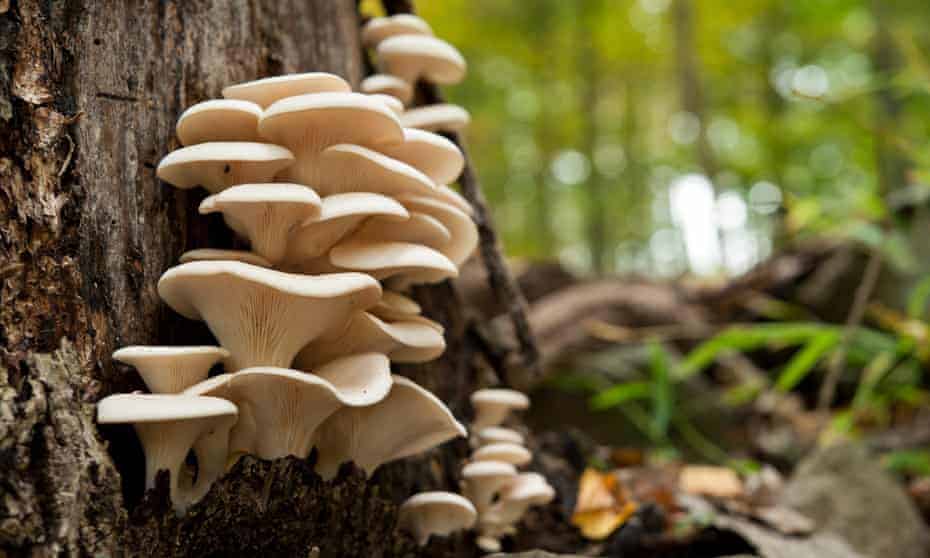Bush Biodiversity
-
Forest
-
Biodiversity
-
Human Impacts



Excursion Program Overview
Our forests are diverse, dynamic environments. Investigate forest ecosystems and the interactions and interrelationships between forest plants and animals.
Explore
- Past, present and future use of the forest by people and native animals and plants.
- Layers of the Mountain Ash and Cool Temperate Rainforest
- Living and non-living features of each ecosystem
- Evidence of animals and plants living in the forest
- Habitats provided by the forest
- Forest food chains
- Timber harvesting and its impact
Inclusions and Notes
Equipment supplied by Gould League: Safety helmets worn by all participants; workbook and all tools required for fieldwork data collection.
Equipment needed by the school: A chartered bus (which is required to remain with the group at all times). First aid kit, sun screen, insect repellent and PPE including hand sanitiser to ensure a Covid safe excursion.
Students needs to bring: Their own water and lunch, sunscreen, a clipboard, pencil, and a copy of the Gould League worksheet (usually sent 14 days prior to excursion so copies can be made for students) to guide the forest investigation; bag to take away your rubbish.
Restrictions: This Gould League program is delivered in the Toolangi State Forest, in the North Central Fire District and does not operate on days with a Fire danger rating of Extreme and Catastrophic. On rare occasions, programs may be postponed due to extreme weather predictions involving wind/storms. In both cases, these programs will be rescheduled at the earliest convenience of both parties.
Programs however DO operate during wet/snowy weather. Please contact us to discuss the best timing to optimize your group’s experience and ensure suitable clothing and footwear for the conditions predicted. Plan for wet weather from April-October, and expect temperatures at least 5 degrees colder than suburban Melbourne.
Curriculum Links
GEOGRAPHY: Geographical Concepts and Skills
Identify, analyse and explain interconnections within places and between places and identify and explain changes resulting from these interconnections (VCGGC101)
Geographical Knowledge – Water in the world
– Classification of environmental resources and the forms that water takes as a resource (VCGGK105)
– Ways that flows of water connect places as they move through the environment and the ways this affects places (VCGGK106)
– The spiritual, economic, cultural and aesthetic value of water for people, including Aboriginal and Torres Strait Islander peoples and peoples of the Asia region, that influence the significance of places (VCGGK109)
Landforms and landscapes
– Different types of landscapes and their distinctive landform features (VCGGK116)
– Geomorphic processes that produce landforms, including a case study of at least one landform (VCGGK117)
– Human causes of landscape degradation, the effects on landscape quality and the implications for places (VCGGK119)
– Spiritual, cultural and aesthetic value of landscapes and landforms for people, including Aboriginal and Torres Strait Islander peoples, that influence the significance of places, and ways of protecting significant landscapes (VCGGK120)
– Causes of a geomorphological hazard and its impacts on places and human responses to it to minimise harmful effects on places in the future (VCGGK121)
The Victorian Curriculum F-10 content elements are © VCAA, reproduced by permission. Victorian Curriculum F-10 elements accurate at time of publication. The VCAA does not endorse or make any warranties regarding this resource. The Victorian Curriculum F-10 and related content can be accessed directly at the VCAA website.
